Difference between Static Site Generation (SSG) and Server Side Rendering (SSR) in Next.js
💡 The content of the page changes frequently? => Use SSR
💡 The content of the page doesn't change much? => Use SSG
What is SSG, SSR in Next.js?
1. Static Site Generation(SSG)
- Pre-generated HTML on the server for pages at build time
- Using
getStaticProps, getStaticPaths - Created static pages in build time are provided for all requests
- Pre-rendering on the server side(build time) => No Need to fetch additional data requests from the client
- Caching => Performance improvement, server load reduction
Best for ⇒ static content that uses mostly low-change pages and common data
2. Static Site Generation(SSG)
- Create Pre-rendered HTML for each page request
- Use
getServerSideProps=> Invoke API and more here to get data, render pages in every request(request for HTML and other assets) - Get data for each request => Get the latest data
- Page loading time may be longer, server resource load may be reduced
Best for ⇒ Great for pages that change a lot, pages that change a lot
"GetStaticProps is called only when it is prebuilt
Take an example of "Let's not use it if the content of the page changes a lot."
- environment is on the deployed internet env
- this post is before change
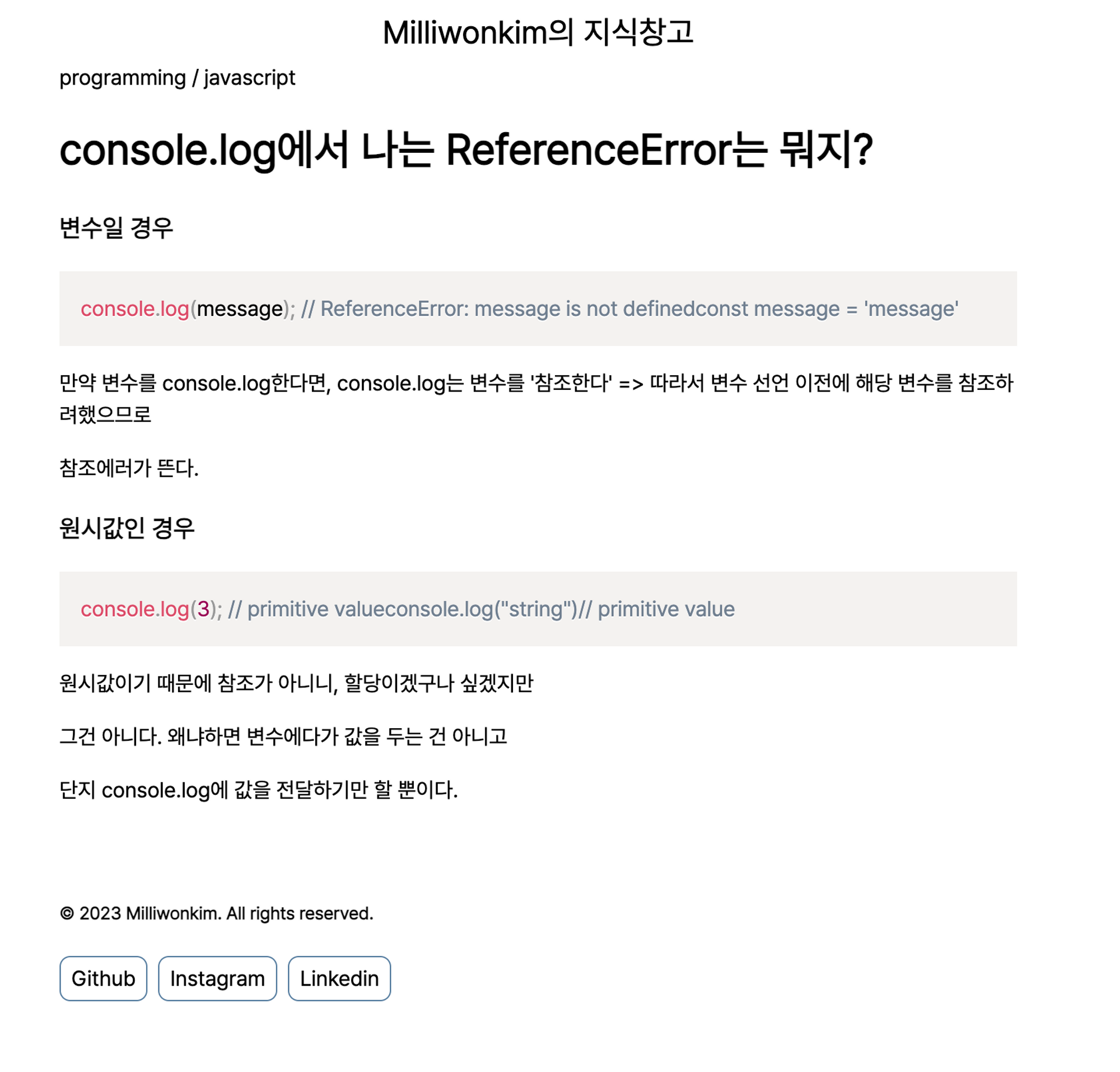
now i’m gonna change like below
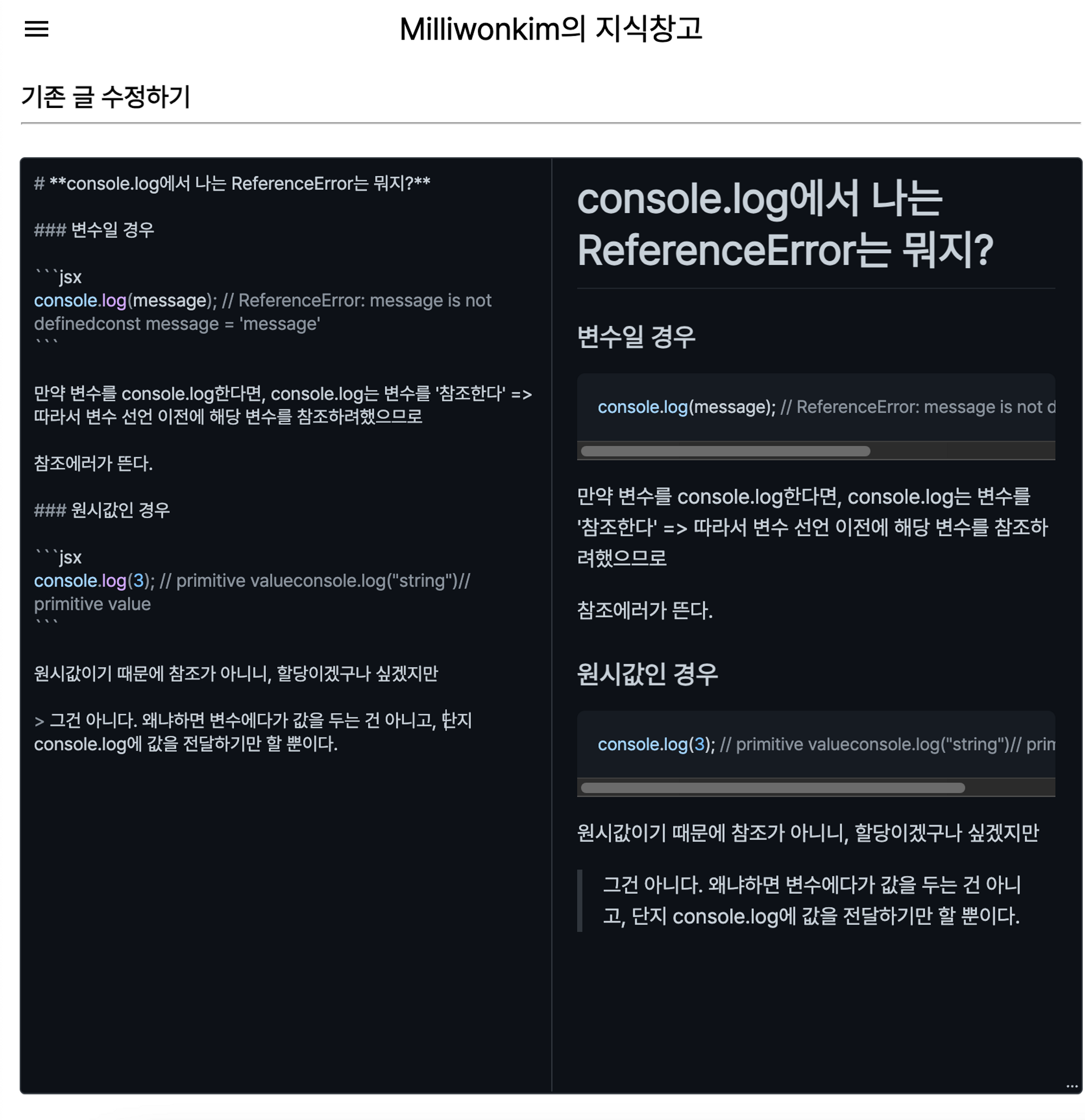
- you can see there’s no change applied
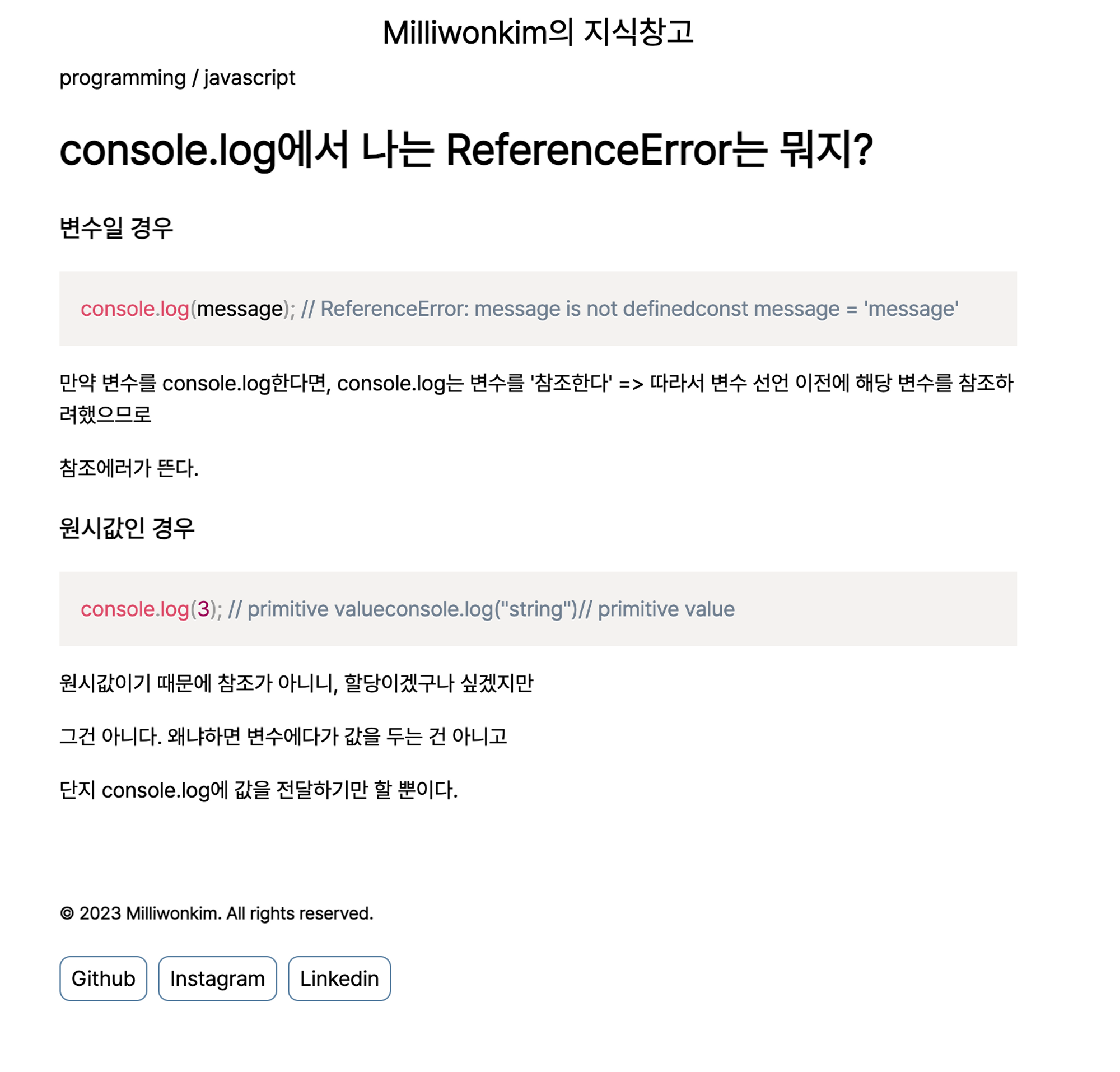
because getStaticProps is called only at the build time, it can be considered that the value is embedded in HTML.
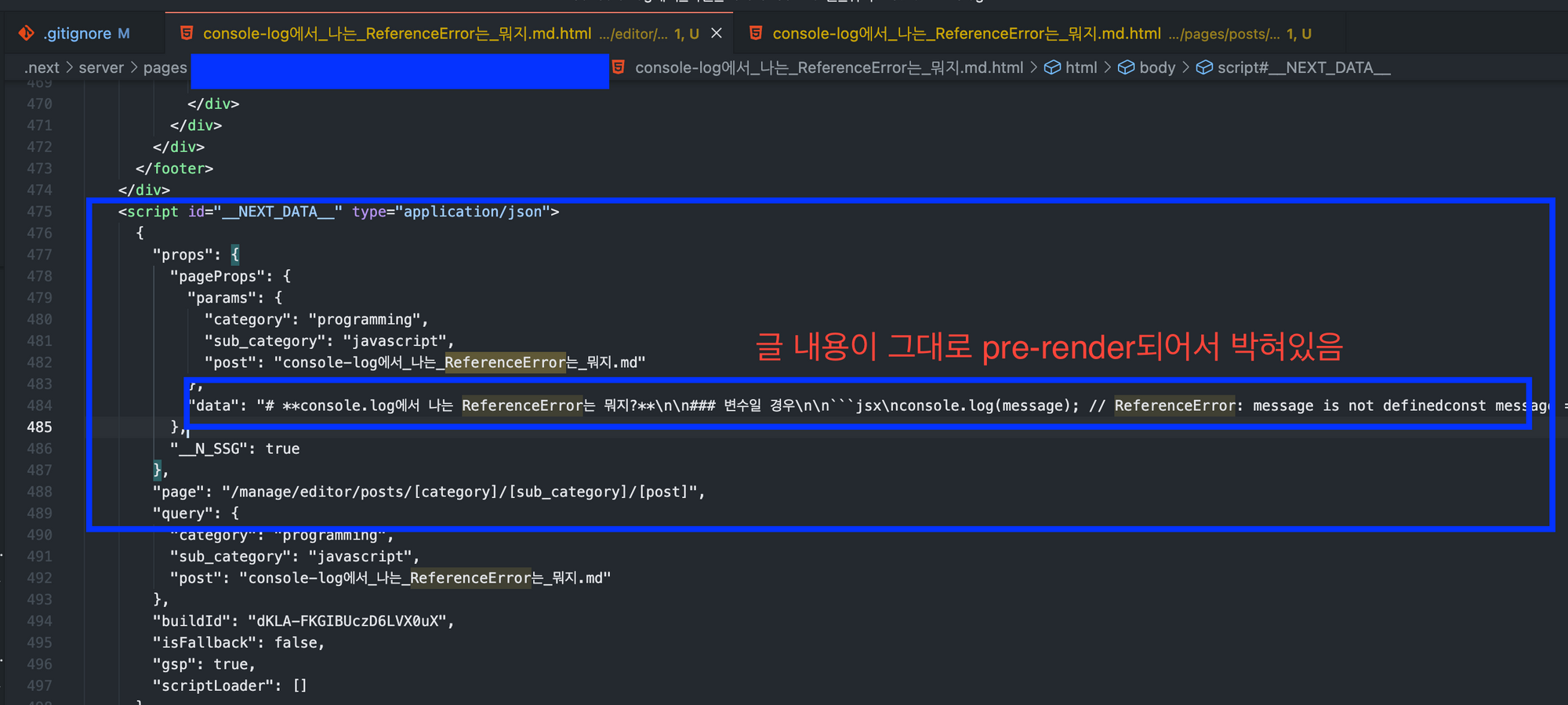
3. Therefore, if you modify it frequently or change data in the DOM frequently, it is better to use getServerSideProps
this is post using getServerSideProps
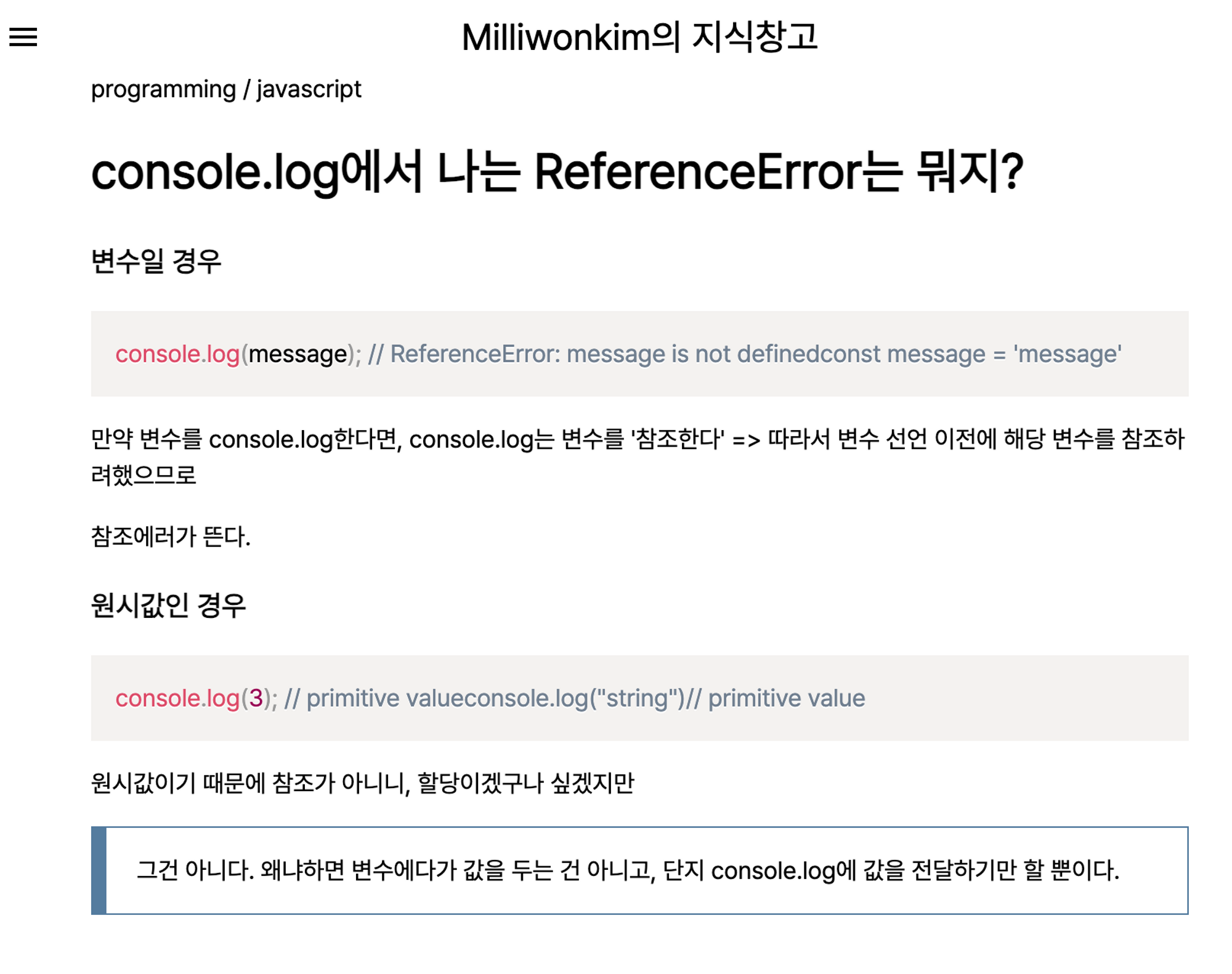
💡 in the case of the page displayed on the local server, this new article has been updated. (This is because the local server continues to generate new HTML.) => Show behavior like getServerSideProps